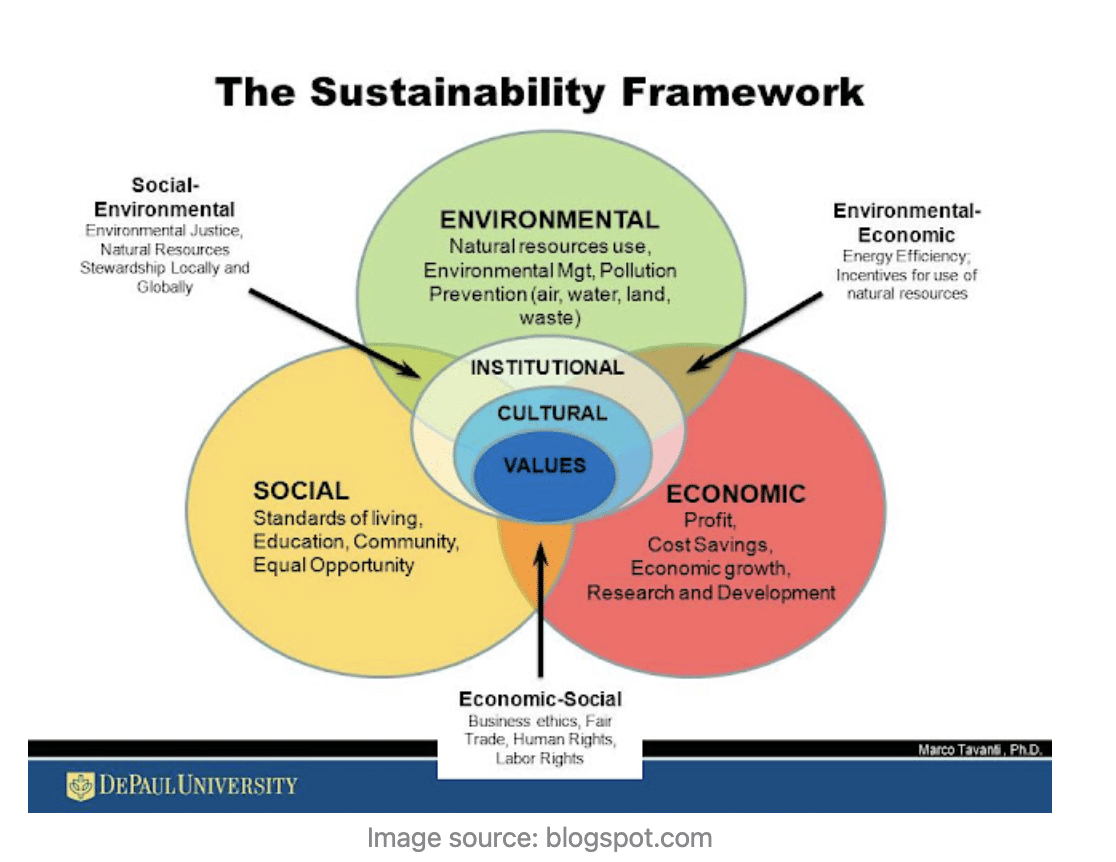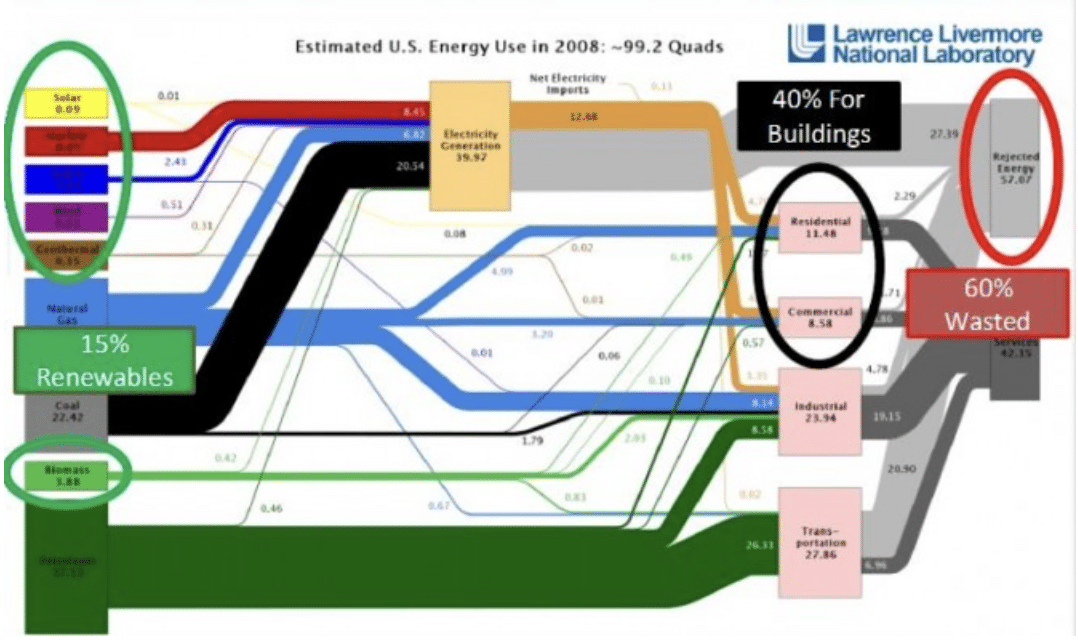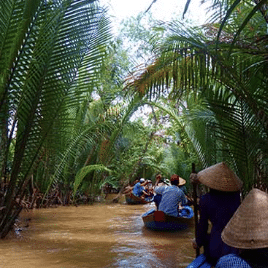
The challenge
Nearly half of Ho Chi Minh City in Vietnam is less than one meter above sea level, making it highly vulnerable to flooding. A record high flood in October 2013 caused extensive damage.1 Ho Chi Minh City is developing new infrastructure that should reduce risks from moderate flooding, but may not handle more severe risks. The World Bank, in partnership with the City’s Steering Center for Flood Control, wanted to develop a more robust, longer range strategy to manage the deep uncertainties associated with climate change and economic development. The Bank further sought to explore how Robust Decision Making could apply to problems in developing countries. The Bank asked RAND to prepare an analysis to evaluate the economic and population risks from floods, and ways to mitigate those risks.
Why Analytica?
“Analytica is well suited for RDM because it can be easily configured to run many cases and save those cases to a database” (RDM World Bank Report, p. 14)
“Running the models in this project multiple times proved simple because project staff could draw on past experience using Analytica models with RDM…” (RDM World Bank Report, p. 31).
The solution
Robust Decision Making (RDM) is a methodology developed by RAND to identify strategies that are robust—i.e. that produce acceptable outcomes in a wide range of cases even if they are not necessarily optimal. Analytica’s ability to quickly evaluate large multi-dimensional tables made flood risk simulations simple to develop and fast to evaluate. RAND’s Analytica model calculates the hazard, the potential occurrence of a physical event that may cause injury, exposure of people and resources to the hazard, and vulnerability of exposed people to the hazard. The team used the model to explore how various options, including adaptation, retreat from unprotected areas, and investment in new infrastructure, could reduce the risks for a range of uncertain conditions.
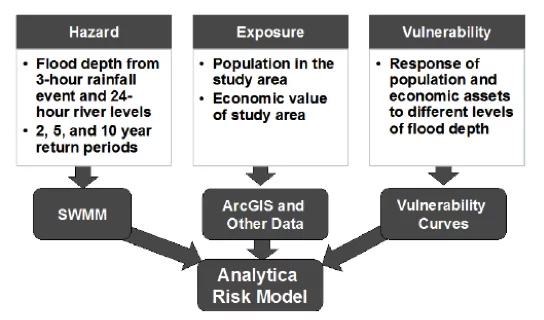
In each scenario, the model calculates the economic and population risk. The diagram below displays the calculation of risk to the population. The blue nodes calculate the number of people affected in each area and flood event. Risks from all three events are combined to create a total risk to the population, as a function of the . The green node, Gate operation, which is part of the infrastructure. RDM identifies the most robust management strategies—that lead to acceptable results for citizens of Ho Chi Minh City under a wide range of possible futures, including extreme flood threats, and a range of economic and population growth scenarios.
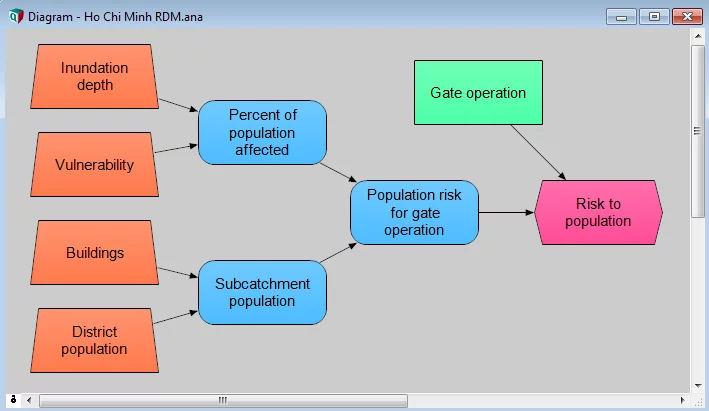
RDM provided insightful results for flood management in Ho Chi Minh City. While the new infrastructure nearing completion will reduce economic and population risk under best projections, it will be inadequate for other possible future scenarios. The RDM analysis identified additional options for adaptation and retreat that reduce risks for a far wider range of flood hazards.
Authors
Robert Lempert1, Nidhi Kalra1, Suzanne Peyraud2, Zhimin Mao2, Sinh Bach Tan3, Dean Cira4, Alexander Lotsch4
- RAND Corporation, Santa Monica, CA, USA
- SCE, Toulon, France
- National Institute for Science and Technology Policy and Strategy Studies, Hanoi, Vietnam
- The World Bank Group, Washington, DC, USA

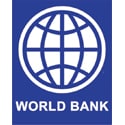
For more
RDM World Bank Report:
Lempert, R., Kalra, N., Peyraud, S., Mao, Z., Tan, S. B., Cira, D., Lotsch, A. 2013. Ensuring Robust Flood Risk Management in Ho Chi Minh City. The World Bank Policy Research Working Paper.
Full article



